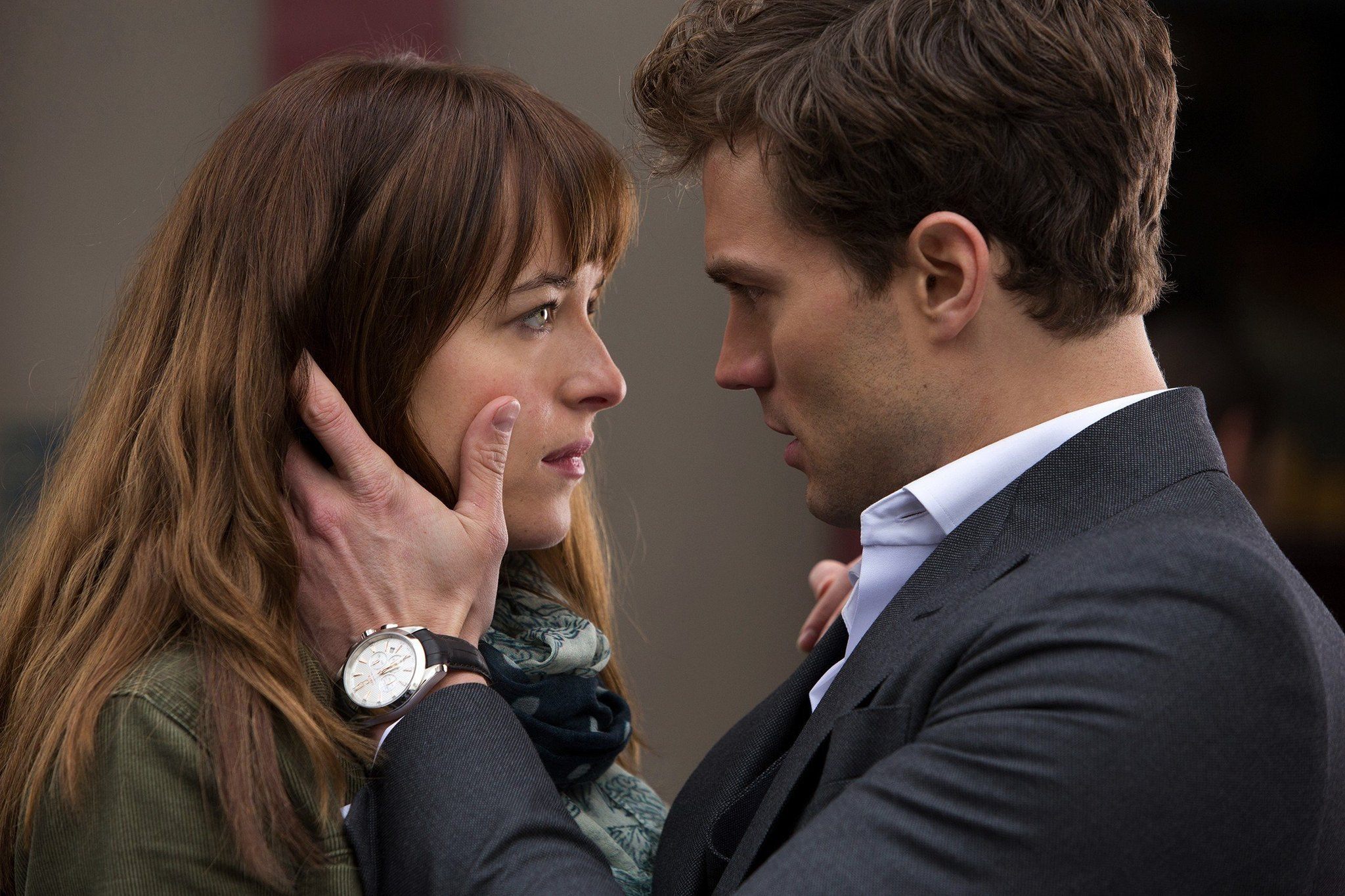At this moment, I am sitting in a nearly empty Lydia Mendelssohn Theatre. Banished to the back row by my computer’s required proximity to an outlet, I have the perfect vantage point to observe those actively participating in tonight’s Giulio Cesere rehearsal and those passively waiting their turn.
On stage: Sarah Coit in the title role of Giulio Cesere, Glenn Healy as Curio, Janel Speelman as Sesto, Rehanna Thelwell as Cornelia and Luke Randall as Achilla. Here presents one unique aspect of opera that people who are unfamiliar with the art form are often confused by: why are women running around pretending to be men?
Roles in which women take on a male gender identity are commonly referred to as pants roles. Historically, there are two types of pants roles: those that were written for castrati and those that were written specifically for women who could better impersonate the vocal and physical qualities of a young boy.
In Handel’s Giulio Cesere the title role, Sesto and Tolomeo were all originally written for castrati. Since castration occurred before puberty the boy’s larynx was prevented from being transformed by the physiological events of puberty resulting in the high voice of a young boy being maintained into adulthood. In the late 18th century castration for the purpose of creating a specific voice type fell out of fashion and in 1870 Italy made the practice illegal.
Without castrati to sing the roles, mezzo-sopranos began to fill the void so that great works by Mozart, Handel and countless of other composers could still be performed.
It is with small changes like these, where the integrity of the music is not affected, that opera maintains its relevance and interest to the modern viewer.
Another example of such a change is the update which Director Robert Swedberg has presented with this work. In this production, the chorus is attending a museum gallery opening and the action of the principle characters takes place as the statues and paintings come to life.
As I sit in the back of the theater, I can see the computer screens of the chorus members as they check facebook, the screen of the lighting designer modifying, changing and fixing, and the director taking notes for the performers. This melding of the old and the new is what makes opera exciting for me – that what Handel wrote hundreds of years ago can still be relevant to teenagers on their iPhones.
For those interested Giulio Cesere will be performed at the Lydia Mendelssohn Theatre March 26 – 29. Tickets are $10 for students but free with a Passport to the Arts.










